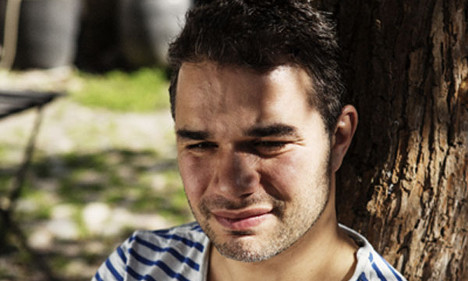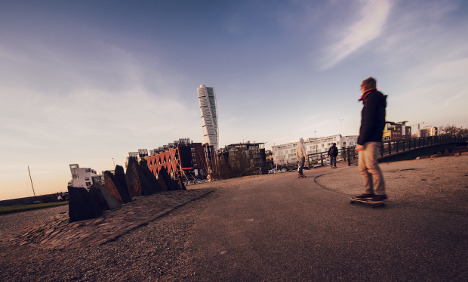
Malmö-based chef Karim Khouani. Photo: Karim Khouani

Malmö in southern Sweden is getting a reputation for fine food. Photo: Werner Nystrand/Image Bank Sweden
Eight months after Malmö scored its first trio of restaurants with a Michelin star, they key names behind them are each planning new ventures in the southern Swedish city.


